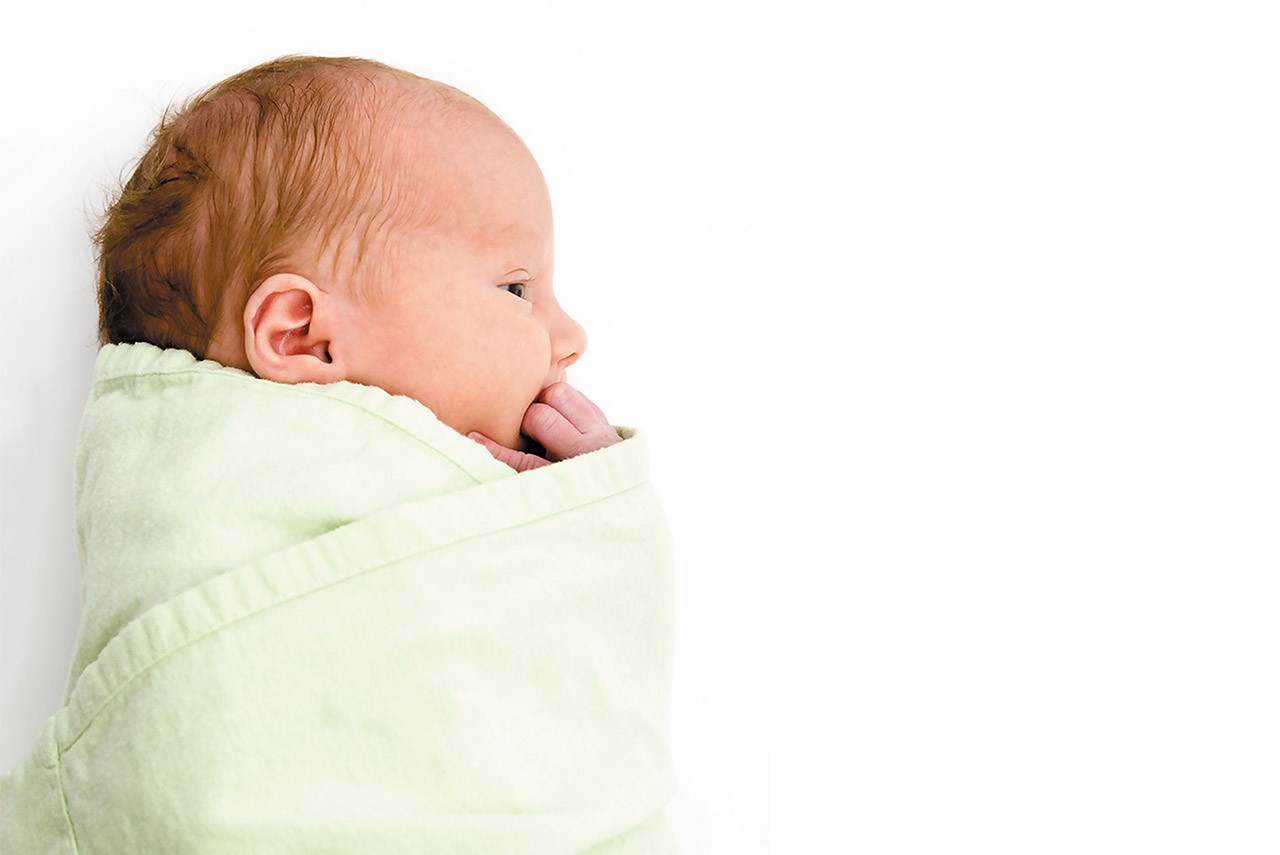CAPSTONE
A Healthy Start
Nursing student collaborates with undergraduate engineers to design a home treatment for jaundice

As a student in Villanova’s M. Louise Fitzpatrick College of Nursing, Anna Staiger ’23 FCN was interested not only in researching health issues, but also having a hands-on role in developing a solution. She found the perfect fit in the College of Engineering’s INNOVATE: L3Harris Summer Program, which supports undergraduate teams in developing innovative solutions to unmet societal or technical challenges.
1. The Big Idea
As hospitals implemented telehealth and distance health care services during the early days of the COVID-19 pandemic, Villanova Nursing Professor Sunny Hallowell, PhD, PPCNP-BC, IBCLC, proposed the design of an intervention to remotely treat and monitor jaundice—the most common condition requiring medical attention in newborns.
The project called for the expertise and innovation of both nurses and engineers. Anna became the first Nursing student to participate in INNOVATE, which was established in 2017. “As Nursing students, I believe it is important for us to develop skills in collaboration and innovation before we enter practice because nurses collaborate with professionals in other disciplines on a daily basis,” Anna says.
2. The Team
Under the guidance of Dr. Hallowell and Pritpal Singh, PhD, professor of Electrical and Computer Engineering, Anna worked with three Villanova Engineering students—Colin Dougherty ’22 COE, Cesar Nunez Rodriguez ’22 COE and Kathryn Stringer ’22 COE—to treat and monitor newborn jaundice at home.
“While the Engineering students focused on designing and creating the electrical parts and physical construction of our prototype, I focused on our device being effective, safe, comfortable and realistic in its setting,” explains Anna.
3. The Invention
Within three months, the team had developed a functioning physical prototype of the Blue Blanket. Here’s how it works:
• Through a process called photo-oxidation, blue light phototherapy lowers the high levels of bilirubin in the blood that cause jaundice.
• A sensor measures the infant’s body temperature to monitor safety during phototherapy.
• A mobile app displays vital factors like the intensity of treatment, body temperature and the infant’s feeding schedule to keep both health care providers and the infant’s caregivers well-informed.
The team continues working to make the prototype a viable product to help infants and their families. “Our goal is to create a device that bridges health care from the hospital to the home, keeping families together,” Dr. Hallowell says. “This project is a great example of the many opportunities our undergraduate students at Villanova have to participate in interdisciplinary collaboration and cutting-edge research that makes a difference.”
NEXT IN NOVA-WORTHY
More than 1,100 members of the Class of 2020 returned to campus for Celebration Weekend